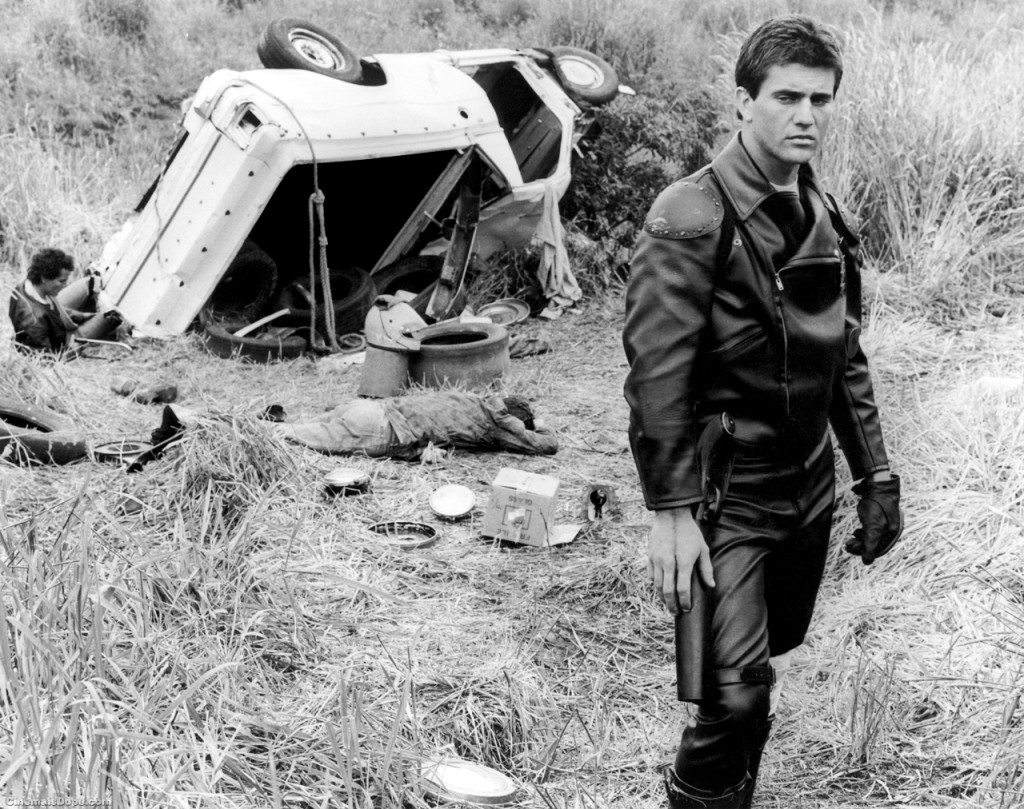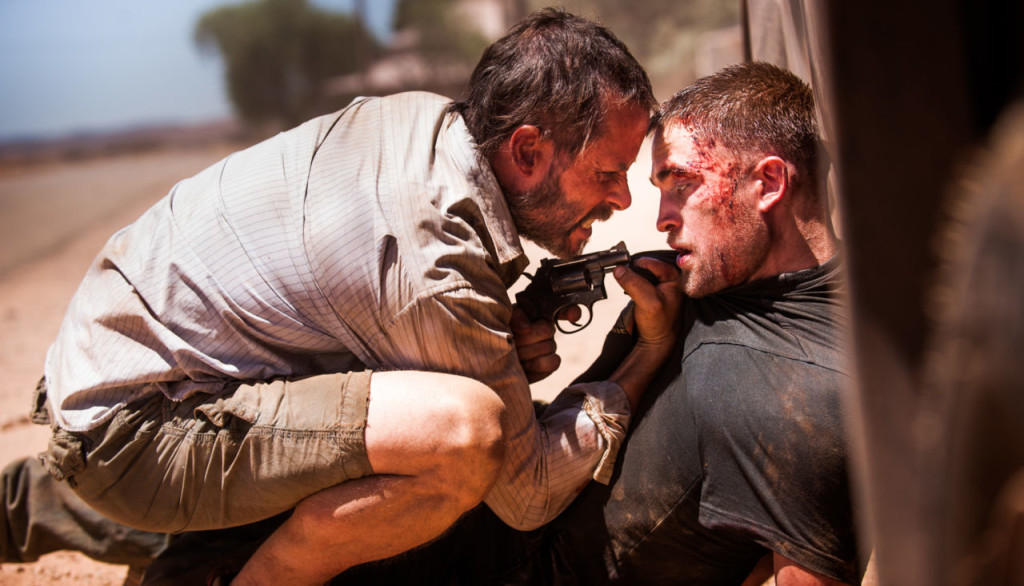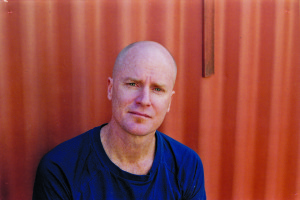Search
-
Recent Posts
- Dishing up Pulp Curry in a new way: why I am starting a Substack newsletter
- Book reviews: Deadly dames, midcentury Brit pulp and 1970s science fiction
- Mackenna’s Gold (1969): Gold, Ghosts and Frontier Violence
- Orphan Road book launch
- Orphan Road now available
- Pre-orders open for my new novel, Orphan Road
- Cover reveal: Orphan Road, my follow up to Gunshine State
- Breakfast in the Ruins podcast: New English Library Bikermania
- Why 1973 was the year Sidney Lumet took on police corruption
- Men’s Adventure Quarterly: Gang Girls issue
Categories
- 1960s American crime films
- 1970s American crime films
- 1980s American crime films
- 1990s American crime films
- Adrian McKinty
- Albert Dekker
- Andre De Toth
- Angela Savage
- Angie Dickinson
- Anthony Zerbe
- Asian noir
- Australian crime fiction
- Australian crime film
- Australian noir
- Australian popular culture
- Australian pulp fiction
- Australian television history
- Ava Gardner
- Beat culture
- Belmont Tower Books
- Ben Wheatley
- Billie Whitelaw
- Black pulp fiction
- Blaxsploitation
- Book cover design
- Book Reviews
- British crime cinema
- British pulp fiction
- Bryan Brown
- Burt Lancaster
- Carter Brown
- Charles Durning
- Charles Willeford
- Chester Himes
- Christopher G Moore
- Christopher Lee
- Cinema culture
- Claude Atkins
- Coronet Books
- Crawford Productions
- Crime Factory
- Crime Factory Publications
- Crime fiction
- Crime fiction and film from Africa
- Crime fiction and film from Cambodia
- Crime fiction and film from China
- Crime fiction and film from India
- Crime fiction and film from Indonesia
- Crime fiction and film from Japan
- Crime fiction and film from Laos
- Crime fiction and film from Latin and Central America
- Crime fiction and film from Malaysia
- Crime fiction and film from New Zealand
- Crime fiction and film from Scandinavia
- Crime fiction and film from Singapore
- Crime fiction and film from South Korea
- Crime fiction and film from Thailand
- Crime fiction and film from the Philippines
- Crime Fiction and film set in Vietnam
- Crime film
- Dangerous Visions and New Worlds Radical Science Fiction 1950 to 1985
- David Goodis
- David Peace
- David Whish-Wilson
- Derek Raymond
- Diana Dors
- Dirk Bogarde
- Don Siegel
- Don Winslow
- Donald Westlake aka Richard Stark
- Dystopian cinema
- Ernest Borgnine
- Eurocrime
- Fawcett Gold Medal Books
- Femme fatale
- Fernando Di Leo
- Filipino genre films
- Film Noir
- Forgotten Melbourne
- French cinema
- French crime fiction
- Garry Disher
- Gene Hackman
- George V Higgins
- Georges Simenon
- Ghost Money
- Giallo cinema
- Gil Brewer
- Girl Gangs, Biker Boys and Real Cool Cats: Pulp Fiction & Youth Culture, 1950-1980
- Gloria Grahame
- Gold Star Publications
- Gregory Peck
- Gunshine State
- Heist films
- Horror
- Horwitz Publications
- Humphrey Bogart
- Ian Fleming
- Interviews
- Ira Levin
- James Caan
- James Crumley
- James Ellroy
- James Hadley Chase
- James Woods
- Jim Brown
- Jim Thompson
- Joel Edgerton
- John Frankenheimer
- Joseph Losey
- Karen Black
- Kerry Greenwood
- Kinji Fukasaku
- Larry Kent
- Laura Elizabeth Woolett
- Lee Marvin
- Leigh Redhead
- Lindy Cameron
- M Emmet Walsh
- Mad Max
- Mafia
- Malla Nunn
- Martin Limon
- Megan Abbott
- Melbourne International Film Festival
- Melbourne Writers Festival
- Men's Adventure Magazines
- Michael Caine
- Michael Fassbender
- Mickey Spillane
- Monarch Books
- Ned Kelly Awards
- Neo Noir
- New English Library
- Newton Thornburg
- Noir Con
- Noir fiction
- Non-crime reviews
- Oren Moverman
- Orphan Road
- Ozsploitation
- Pan Books
- Parker
- Paul Newman
- Peter Boyle
- Peter Corris
- Peter Strickland
- Peter Yates
- Poliziotteschi
- Pulp fiction
- Pulp fiction in the 70s and 80s
- Pulp fiction set in Asia
- Pulp Friday
- Pulp paperback cover art
- Qui Xiaolong
- Raymond Chandler
- Richard Burton
- Richard Conte
- Robert Aldrich
- Robert Mitchum
- Robert Ryan
- Robert Stone
- Rock Hudson
- Roger Smith
- Rollerball
- Rosaleen Norton
- Roy Scheider
- Rural noir
- Sam Levene
- Sam Peckinpah
- Samuel Fuller
- Science fiction and fantasy
- Scripts Publications
- Sidney Lumet
- Sidney Poitier
- Simon Harvester
- Snowtown
- Snubnose Press
- Spies
- Stanley Baker
- Sterling Hayden
- Steve McQueen
- Sticking it the the Man Revolution and Counter Culture in Pulp and Popular Fiction 1950 1980
- Stuart Rosenberg
- Tandem Books
- Tart noir
- Tartan Noir
- Ted Lewis
- Toni Johnson Woods
- True crime
- Vicki Hendricks
- Victor Mature
- Vintage mug shots
- Vintage pulp paperback covers
- Wallace Stroby
- War film
- Westerns
- William Friedkin
- Woody Strode
- Yakuza films
- Yaphet Kotto
Nothing but noir
Recommended reading
The lurid world of pulp
- 20th century Danny Boy
- American Pulps
- Bear Alley
- Bloody, Spicy, Books
- Comics Down Under
- Everything second hand
- Existential Ennui
- Greenleaf Classic Books
- Irv O. Neil's Erotica is My Trade
- Killer Covers
- Lost Classics of Teen Lit 1939-1989
- Luminist Archives
- Men's Pulp Mags
- Mporcius Fiction Log
- Murder, Mayhem and Long Dogs
- Neglected Books
- Nocturnal Revelries
- Paperback Warrior
- Paperbacks of the Gods
- Pop Sensation
- Pulp artists
- Pulp Covers
- Pulp Crazy
- Pulp Flakes
- Pulp International
- Pulp Magazines Project
- Pulp Serenade
- Realms of the Night
- Romance Fiction Has a History
- Rough Edges
- Sin Street Sleaze
- Spy Guys and Gals
- The department of Afro American Research Arts & Culture
- The Dusty Bookcase
- The Haunted World of Richard Sala
- The Moon Lens
- The Nick Carter & Carter Brown Blog
- The Pulp & Paperback Fiction Reader
- Too Much Horror Fiction
- True Pulp Fiction
- Vault of Horror
- Vintage Nurse Romance Novels
- Vintage Romance Novels
- Welcome to the Pan Paperback
- Yellow and Creased
Support This Site
If you like what I do please support me on Ko-fi
Category Archives: Australian noir
Backroads noir in the Australian outback: David Michôd’s The Rover
 Australian director David Michôd’s second film, The Rover, is part of a rich heritage of Australian dystopian cinema that combines the destructive power of cars with the country’s harsh, sparsely populated rural areas and desert interior. A gritty crime drama, it is among the small group of Australian films with a true noir sensibility — a bleak atmosphere and a narrative where events start badly and end up worse — on a brief list that also includes Michôd’s debut 2010 effort, Animal Kingdom.
Australian director David Michôd’s second film, The Rover, is part of a rich heritage of Australian dystopian cinema that combines the destructive power of cars with the country’s harsh, sparsely populated rural areas and desert interior. A gritty crime drama, it is among the small group of Australian films with a true noir sensibility — a bleak atmosphere and a narrative where events start badly and end up worse — on a brief list that also includes Michôd’s debut 2010 effort, Animal Kingdom.
The Rover is set in the Australian outback 10 years after an unspecified global financial collapse. It opens with a lone, unnamed traveler (Guy Pearce) sitting behind the wheel of his dusty Holden Commodore car, before going into a roadside café. The traveler’s gaunt, weather-beaten features, the café’s ramshackle appearance, its silent, heavily armed Asian owners, and the Cambodian love song booming through the establishment’s aged speakers combine to create a feeling of impending menace and a sense of geographical and cultural confusion.
The film suddenly shifts to three men driving through the desert, fleeing an unspecified crime gone wrong. One of the men, Henry (Scoot McNairy), is angry about having to leave his brother, Rey (Robert Pattinson, of Twilightfame), for dead at the scene of the crime.… Read more
The Rover
 Cars, speed and harsh landscape have been the basis of most locally made dystopian cinema. Think Peter Weir’s 1974 masterpiece, The Cars That Ate Paris, all three Mad Max films, The Chain Reaction (1980) and Brian-Trenchard Smith’s Dead End Drive-In (1986).
Cars, speed and harsh landscape have been the basis of most locally made dystopian cinema. Think Peter Weir’s 1974 masterpiece, The Cars That Ate Paris, all three Mad Max films, The Chain Reaction (1980) and Brian-Trenchard Smith’s Dead End Drive-In (1986).
To this list we can now add the long awaited second film by Australian director David Michod, The Rover.
Set in the Australian outback “10 years after the collapse”, The Rover opens with a lone unnamed traveller (Guy Pearce), stopping off for water in a roadside cafe. Almost immediately, the film shifts to three men racing through the desert from a heist gone wrong. One of the men, Henry (Scott McNairy), is angry about having to leave his brother, Rey (Robert Pattinson), for dead at the scene of the crime. They start to fight, and their vehicle comes off the road. The three men climb out of their damaged car, grab the first alternative vehicle they see, which just happens to belong to the lone traveller, and take off again.
The traveller’s first words, “I want my car back”, form his mission statement for the rest of the film. Why he needs that particular car is unclear, given that he quickly picks up another functioning vehicle.
The traveller stops at a nearby town to buy a gun.… Read more
Book review: Zero At the Bone
 A couple of months ago I wrote an piece for the Guardian Australia’s Oz Culture Blog on why I think the most exciting crime fiction in Australia at the moment is coming out of the West.
A couple of months ago I wrote an piece for the Guardian Australia’s Oz Culture Blog on why I think the most exciting crime fiction in Australia at the moment is coming out of the West.
It has something to do with the fact that the people are tough, the climate is harsh, and the mining boom has amplified everything and has given local writers a wealth of material and creative inspiration, as well as a real sense of vitality and realism.
If you want proof, look no further than Zero At the Bone, the latest book by Perth based crime writer, David Whish-Wilson.
Zero At the Bone is a sequel to Whish-Wilson’s 2010 book, Line of Sight, which established him firmly in my mind as the president of the, albeit very small, club of Australian writers who do noir fiction and do it well.
Based on real events, Line of Sight opens in 1975, six months after the murder of Perth brothel madam Ruby Devine, shot four times in the back of the head with a .22 the day before she was scheduled to give evidence to the tax office that would have implicated the senior police she bribed to stay open and certain high profile ‘secret investors’ in her operation.… Read more
Crime writers find fertile ground in the red dirt of Western Australia
 When Dave Warner’s City of Light appeared in 1995, Western Australia’s crime writing scene resembled one of the late night streets of seventies Perth described so vividly in his book: totally devoid of life.
When Dave Warner’s City of Light appeared in 1995, Western Australia’s crime writing scene resembled one of the late night streets of seventies Perth described so vividly in his book: totally devoid of life.
City of Light, which jointly won the 1996 WA Premier’s prize for fiction, focused on a rookie police constable, Snowy Lane, swept up in an investigation into the murders of several young women by a serial killer dubbed ‘Mr Gruesome’. The case entangles Lane in a web of financial and political corruption spanning the seventies to late eighties.
“As far as I knew at the time, there were no other contemporary crime novelists setting work in WA and nothing had been set there since Arthur Upfield,” recalls Warner.
You can read the rest of this piece here on the Guardian Australia’s Australian Culture Blog.
… Read more





















